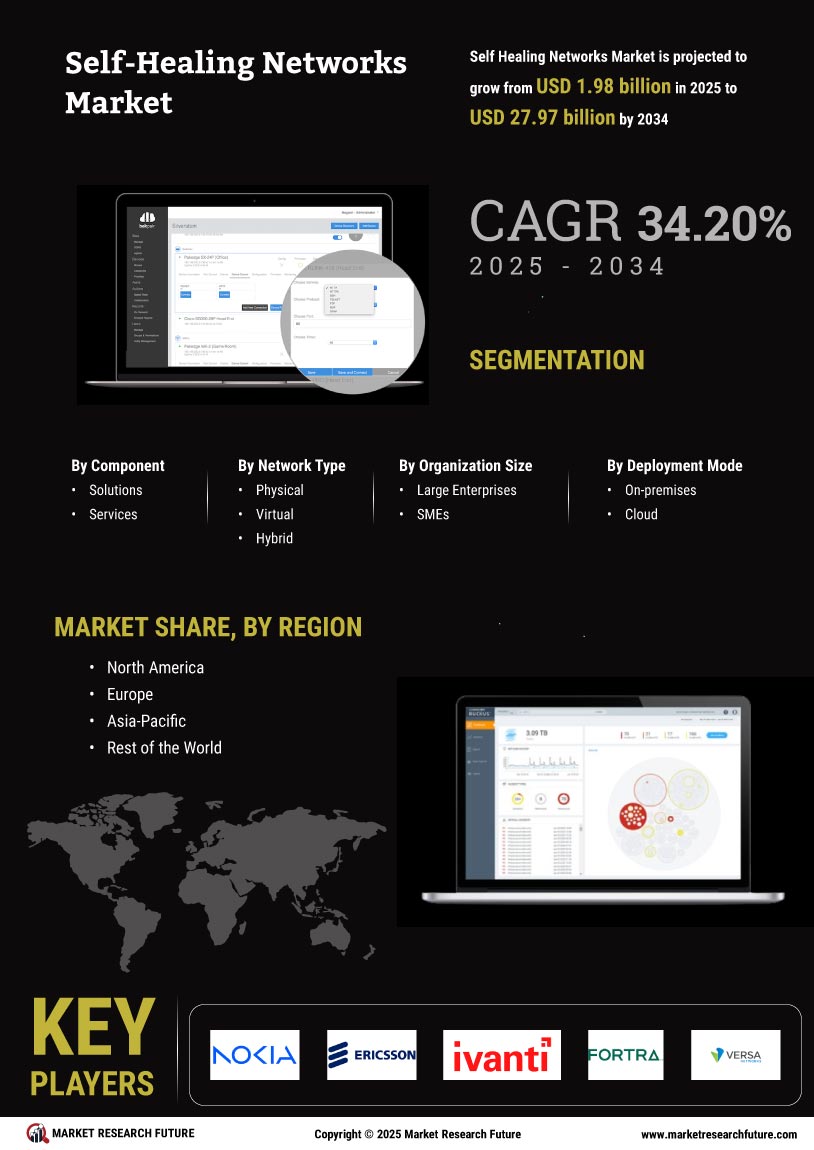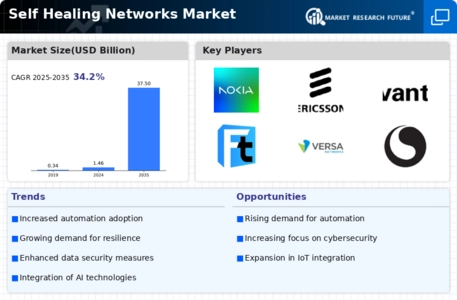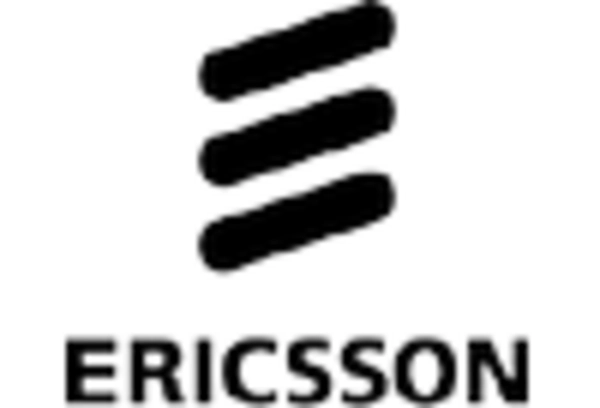Leading market players are investing heavily in research and development in order to expand their product lines, which will help the Self-Healing Networks market, grow even more. Market participants are also undertaking a variety of strategic activities to expand their global footprint, with important market developments including new product launches, contractual agreements, mergers and acquisitions, higher investments, and collaboration with other organizations. To expand and survive in a more competitive and rising market climate, Self-Healing Networks Organization Size must offer cost-effective items.
Manufacturing locally to minimize operational costs is one of the key business tactics used by manufacturers in the global Self-Healing Networks Organization Size to benefit clients and increase the market sector. In recent years, the Self-Healing Networks Organization Size has offered some of the most significant advantages to medicine. Major players in the Self-Healing Networks market, including Nokia, Ericsson, Fortra LLC, Versa Networks, Inc., Ivanti, IBM Corporation, Cisco Systems, Inc., VMware, Inc., CommScope, and Appnomic, are attempting to increase market demand by investing in research and development operations.
Information technology (IT) goods and services are offered by International Business Machines Corp (IBM). The business creates and markets software and hardware for computers, in addition to providing infrastructure, hosting, and consulting services. Analytics, automation, blockchain, cloud computing, IT infrastructure, IT management, cybersecurity, and software development tools are all part of IBM's product range. In addition to Asia-Pacific, the corporation also conducts business in the Americas, Europe, the Middle East, and Africa. United States-based IBM is based in Armonk, New York.
In partnership with Pliant.io, IBM Cloud Pak for Network Automation will enable organisations in October 2022 boost productivity, reduce total operating costs, standardise configuration and management across numerous vendors, and guarantee network security and stability.
IT management software created by Fortra is intended to automate business and IT procedures. In addition to document management software that enables businesses to go paperless by digitally managing the entire lifecycle of their documents and data, the company's automation software assists in managing repetitive tasks, centralised job scheduling through robotic process automation for the desktop that is simple for any user, and helps businesses increase operational efficiency, decrease downtime, and streamline mission-critical IT and business processes. Fortra bought FileCatalyst in January 2021 to continue growing its automation and cybersecurity portfolio.
FileCatalyst is a market leader in enterprise file transfer acceleration.

















Leave a Comment